The 100 Years History of Baumkuchen in Japan
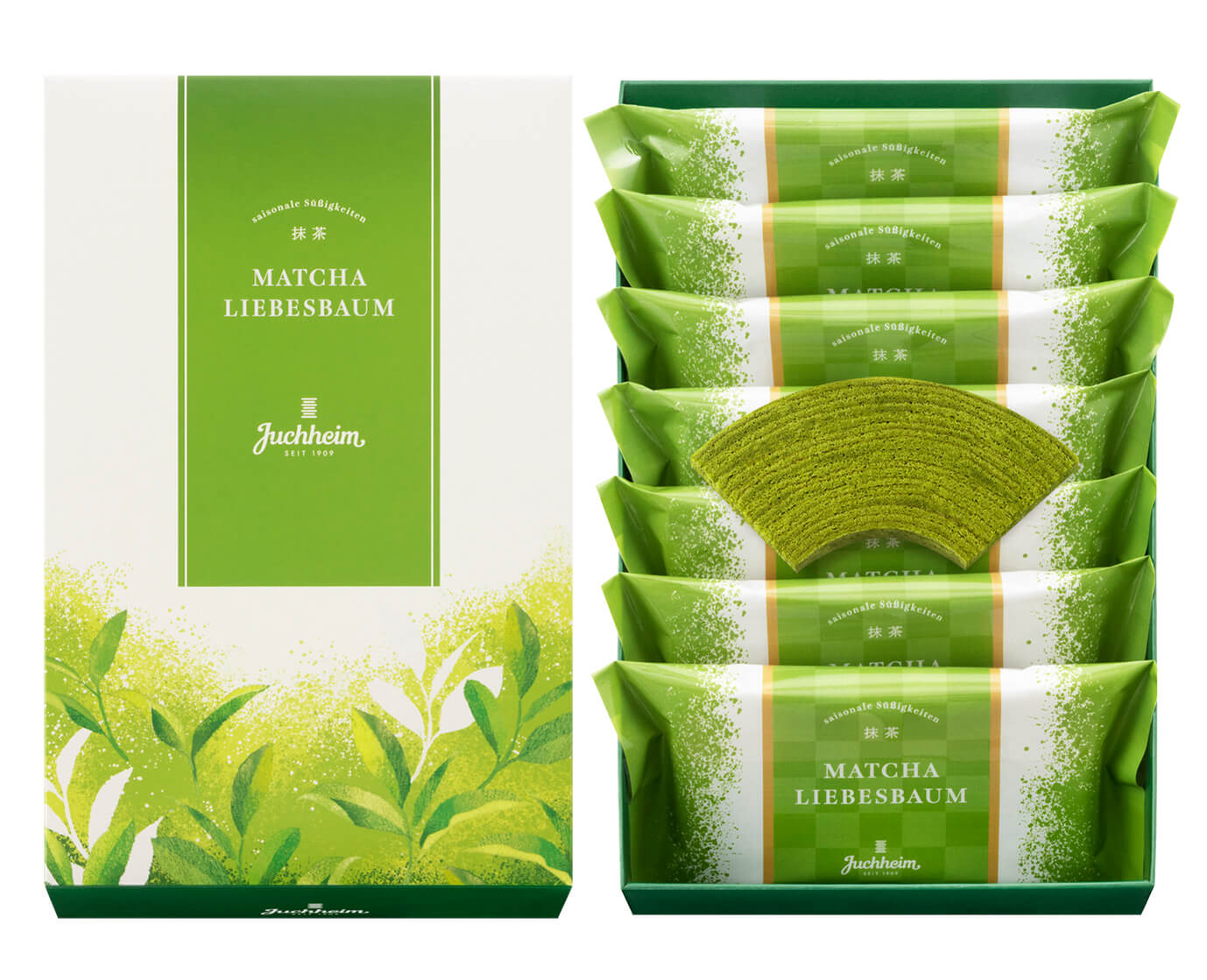
The story of baumkuchen in Japan began as an occurrence of unfortunate circumstances. Karl Juchheim, a German baker living in Tsingtao, China, got captured during the First World War by the advancing Japanese army forces. He was sent as a prisoner of war to Ninoshima island in Hiroshima prefecture, where he baked his first baumkuchen for Hiroshima Prefectural commercial fair. Also called ‘The king of the German cakes’, baumkuchen is very laborious to make. In Germany they say you can’t be considered a ‘meister’ baker if you haven’t mastered it. For Karl Juchheim, it was a question of German pride to make a perfect one for this exhibition, where prisoners of war were showcasing their goods.
Traditionally, baumkuchen (‘tree cake’) is made by brushing batter over a rotating spit. Once it’s baked and sliced, you will see multiple layers (anywhere between 15 and 20, but they can reach up to 25), that resemble tree rings. Maybe because they are so time-consuming to make, you will find less and less bakers who still bake them in Germany in a traditional way. Thanks to Karl Juchheim and his wife Elise, who brought baumkuchen to Japan exactly a hundred years ago, baumkuchen there is now more popular than in Germany. You will find them everywhere, from individual slices packed in plastic packages at convenience stores to freshly baked ones at high end depato (department) stores. Baumkuchen in Japan can come in such flavours as green tea, chocolate or even cherry blossoms and, because of its shape similar to a ring, it is a popular ‘return’ gift at weddings.
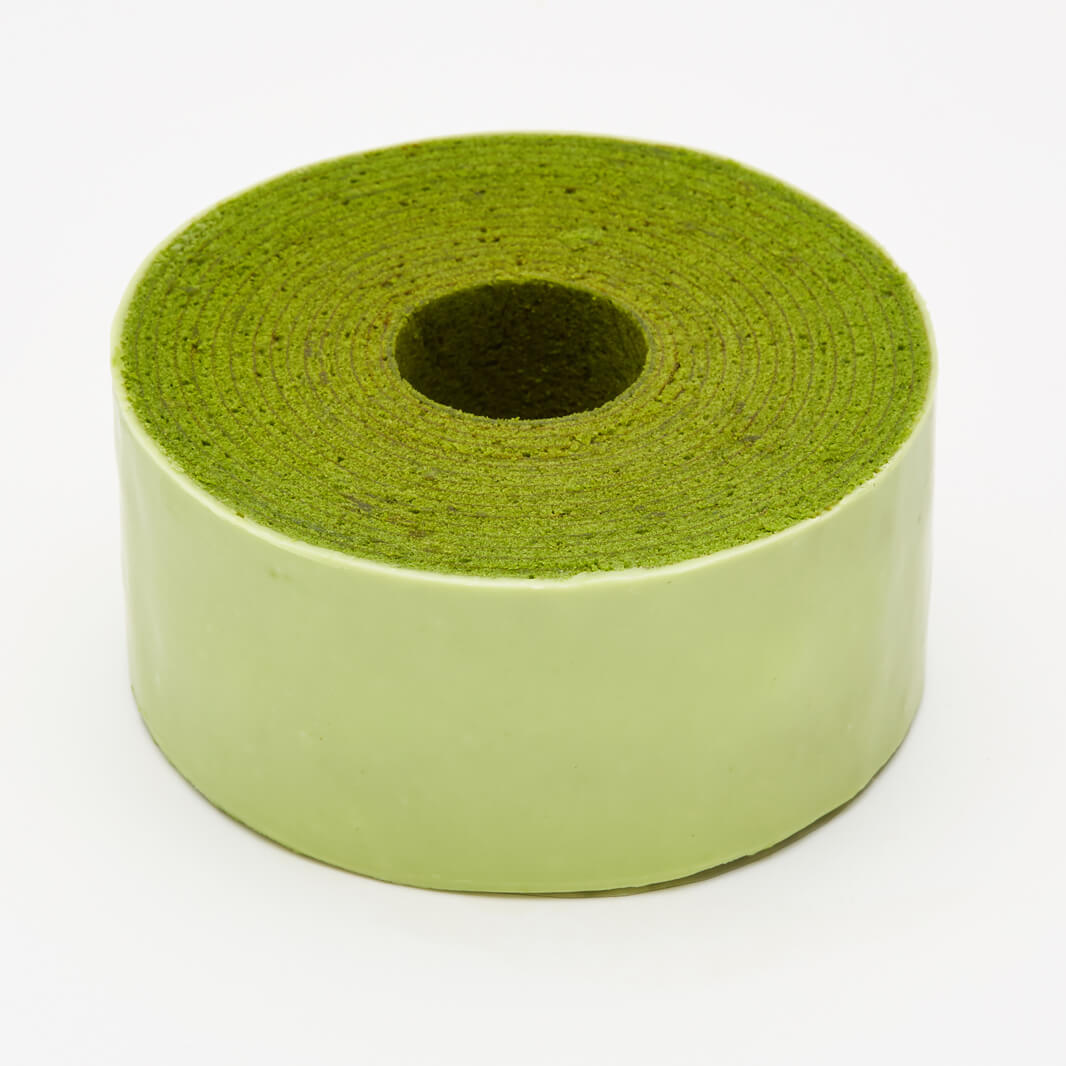
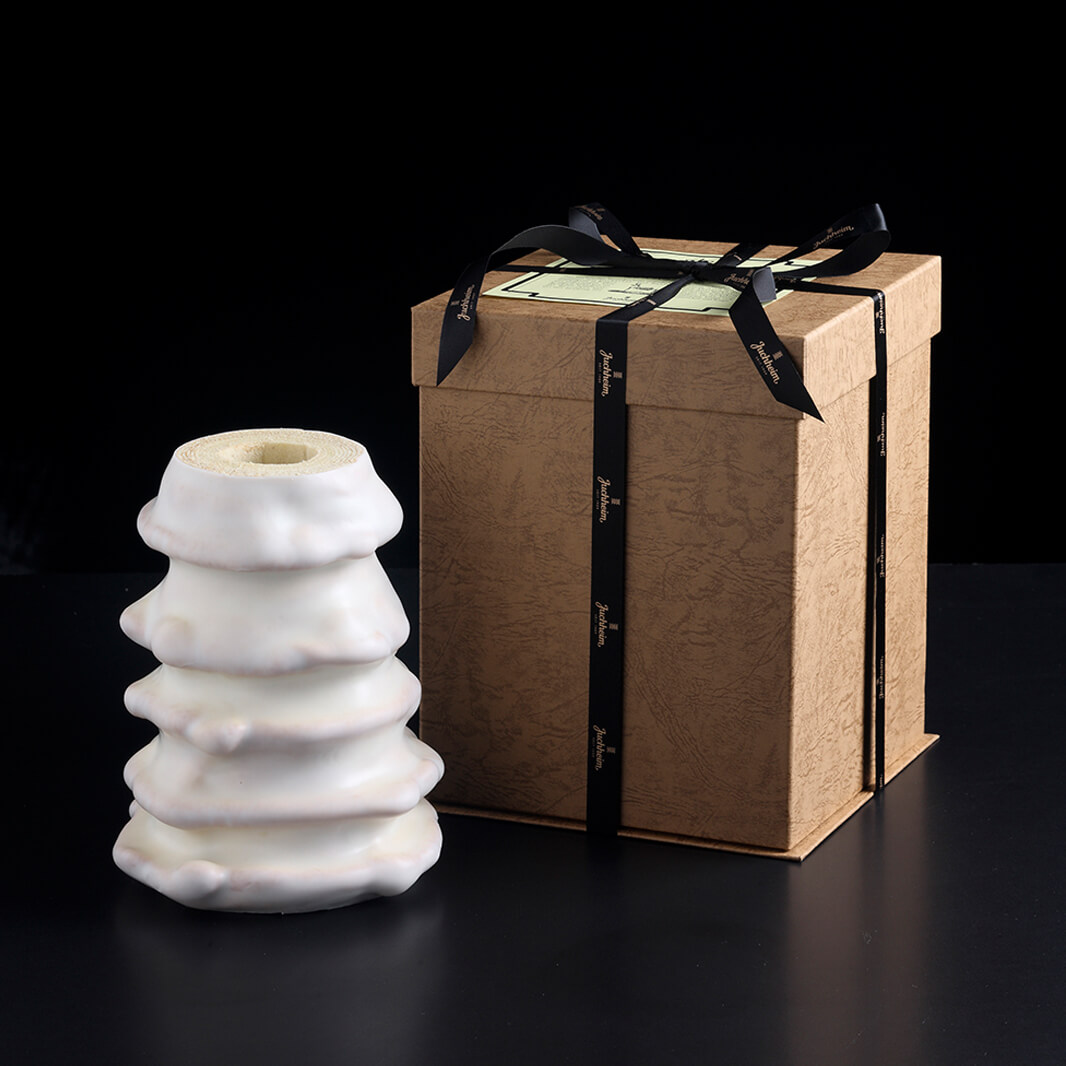
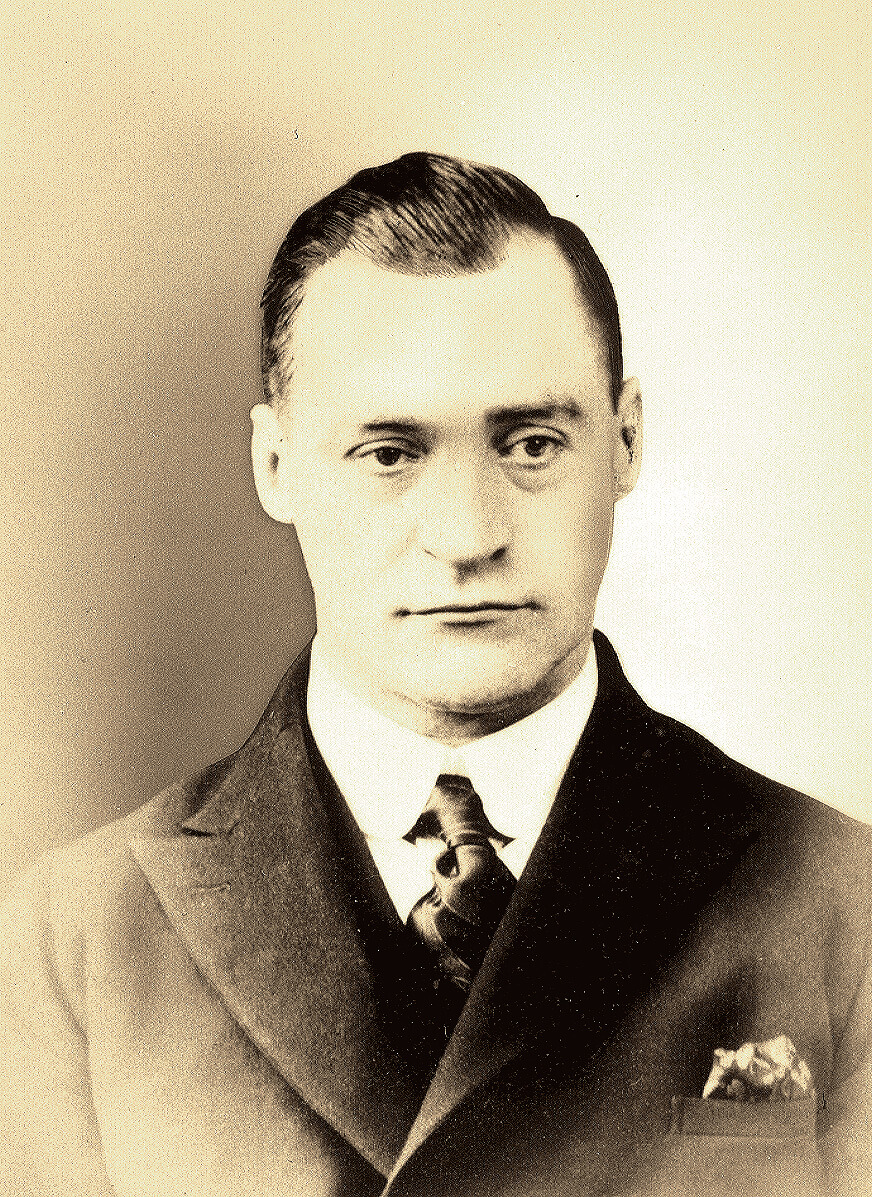
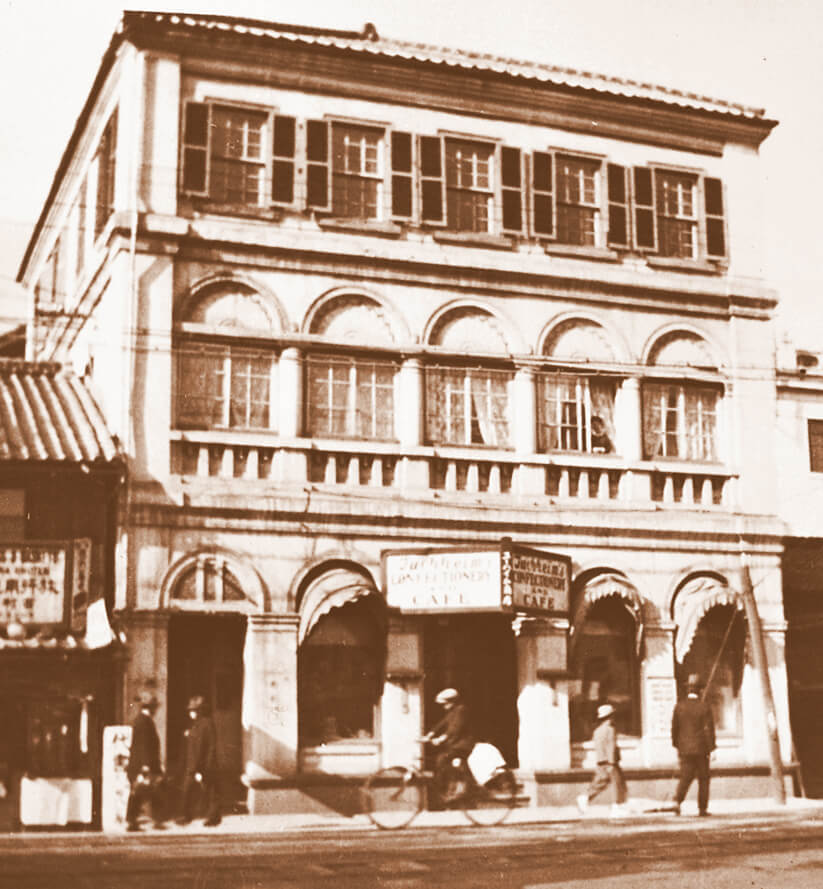
TRENDING
-
The Tattoos that Marked the Criminals of the Edo Period
Traditional tattoos were strong signifiers; murderers had head tattoos, while theft might result in an arm tattoo.

-
Paris, Tokyo: Robert Compagnon
With his co-chef and talented wife, Jessica Yang, Robert Compagnon opened one of the top new restaurants in Paris: Le Rigmarole.
 3:31
3:31 -
Chiharu Shiota, Red Threads of the Soul
Last year, more than 660,000 people visited the retrospective 'Chiharu Shiota: The Soul Trembles' exhibit at the Mori Art Museum.

-
‘Before Doubting Others, Doubt Yourself. Who Can Truly Say a Dish Isn’t What It Used to Be?’
In ‘A Non-Conformist’s Guide to Surviving Society’, author Satoshi Ogawa shares his strategies for navigating everyday life.

-
The Story of Sada Yacco, the Geisha who Bewitched Europe
Described by Dazed magazine as the first beauty influencer, she has been restored to her former glory since 2019.





